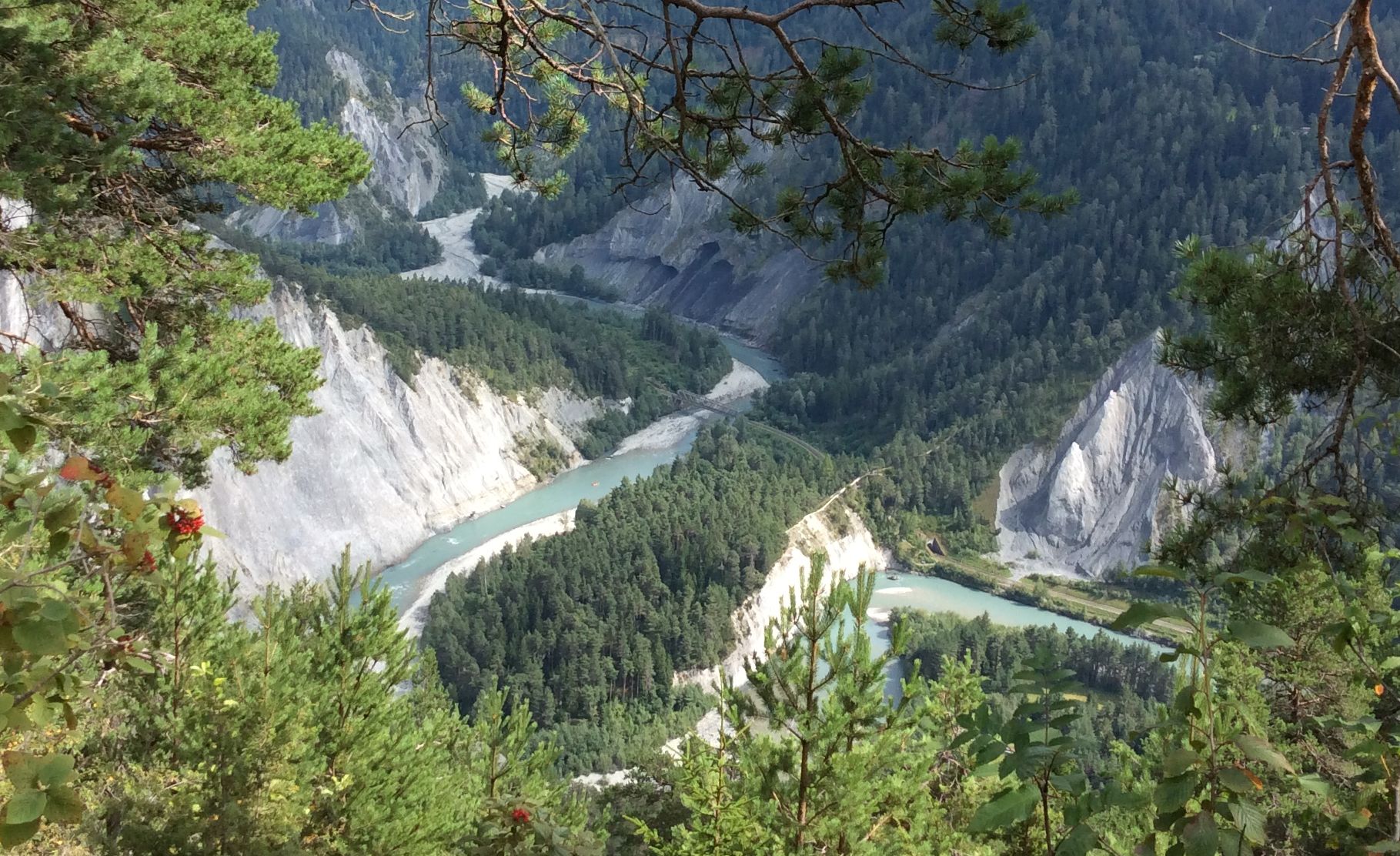Nature and its biodiversity can teach us many lessons. This is made very explicit in the small exhibition in the “Jardin des Plantes” in Paris. The treasures of (lost) biodiversity are exposed in the adjacent “Muséum National d’Histoire Naturelle”. In a pleasant environment within Paris you can stroll along rare flowers and trees to pass the posters that demonstrate the astonishing achievements of some species (Les champions of nature). For example ants would surpass us in weightlifting in relationship to own weight. A marathon of 42 km is a very short distance for birds flying across continents with rest. High jump or long jump is rather easy for frogs, but we struggle already to jump a little bit higher than our own body length. Lots of other examples are shown the exhibition and should make us a bit more humble concerning the sport accomplishments of humans. Beyond Darwin and Mendel there is a lot to see and experience in the Great Gallery of Evolution. After the question remains whether we are really at the top of the evolutionary ladder. In terms of marketing our successes irrespective of many species disappearing with rapid speed, we still appear rather unique in the evolution. Learning from other species as in bionics is a powerful strategy which is also quite effective to empower humans compared to other species.































